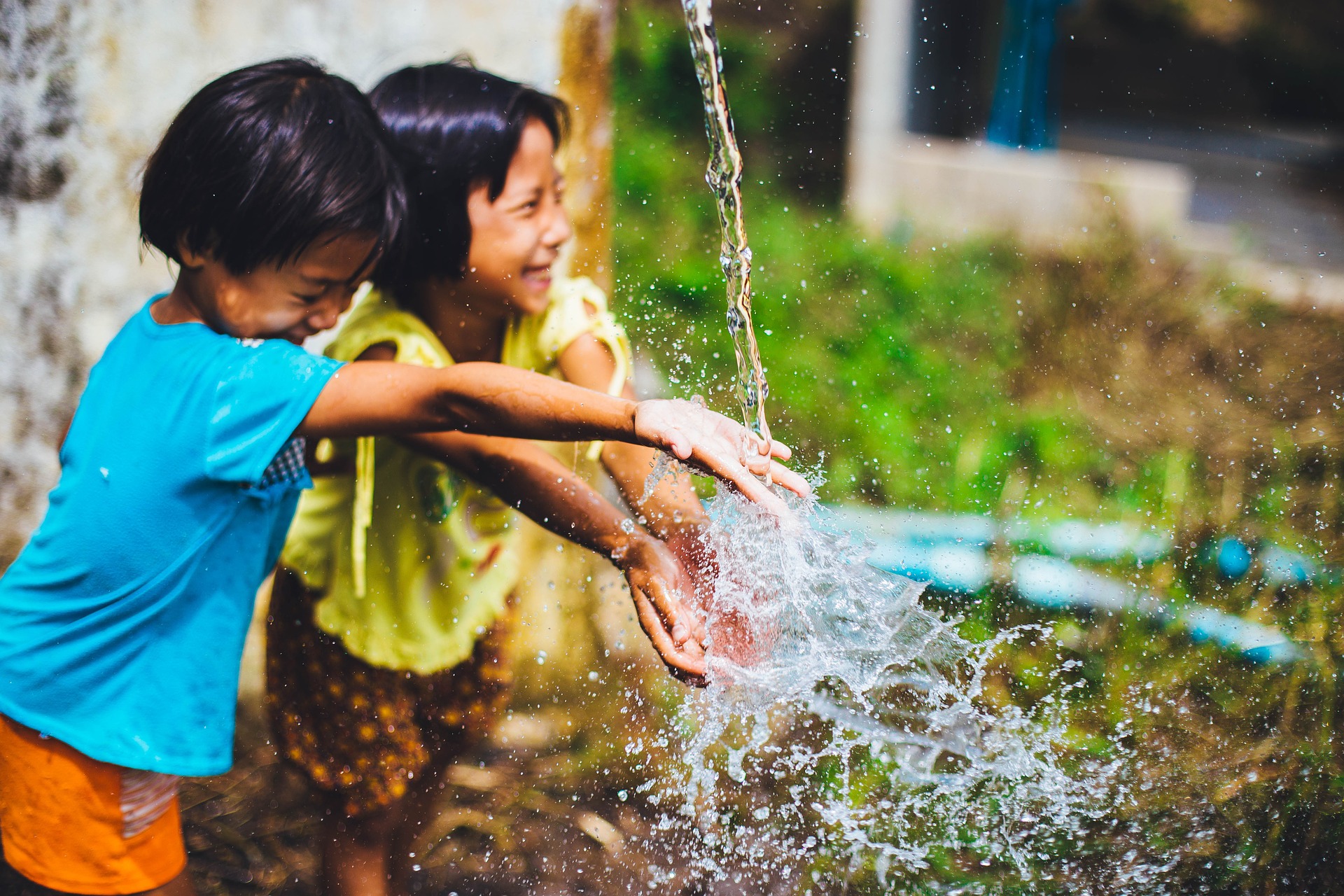
The importance of trees in improving water quality
Data from the World Health Organization (WHO) shows that 361,000 children die every year from diarrheal disease that occurs as a result of poor access to clean water, sanitation, and hygiene. In fact, according to WHO, 1 in 4 deaths of children under 5 years old are attributed to unhealthy environments.
What these stats show is that access to clean drinking water is of the utmost importance to the lives and overall health of children across the world. Knowing this, researchers are constantly looking to find what factors lead to unhealthy drinking water and how this can be better managed.
A study from the University of Vermont of 300,000 children in 35 countries recently found that kids whose watersheds have more tree cover are less likely to get diarrheal disease – which is the second leading cause of death for children under five. This study is the first to quantify the connection between watershed quality and the individual health outcomes of children on a global scale.
“Looking at all of these diverse households in all these different countries, we find the healthier your watershed upstream, the less likely your kids are to get this potentially fatal disease,” says Taylor Ricketts of the University of Vermont (UVM).
The research team believes that a 30 percent increase in upstream tree cover in rural watersheds could have a comparable effect to improved water sanitations, such as the addition of indoor plumbing or toilets.
“We are not saying trees are more important than toilets and indoor plumbing,” says Diego Herrera, lead author of the paper and a former UVM postdoctoral researcher. “But these findings clearly show that forests and other natural systems can complement traditional water sanitation systems, and help compensate for a lack of infrastructure.”
This study shows that protecting trees and watersheds can also double as a public health investment, as well as an investment in protecting our environment. The researchers hope that governments and development agencies will use these findings to improve the health and environment of children around the world.
–
By Connor Ertz, Earth.com Staff Writer












